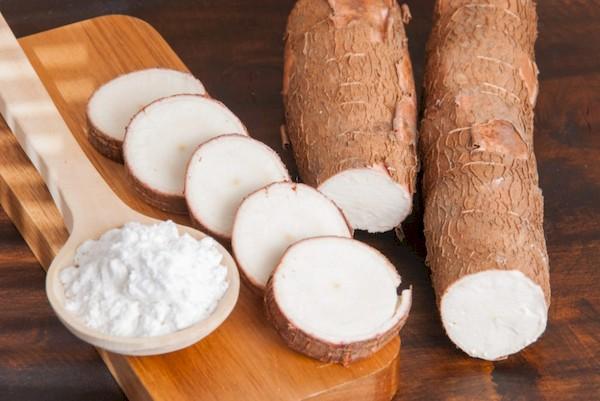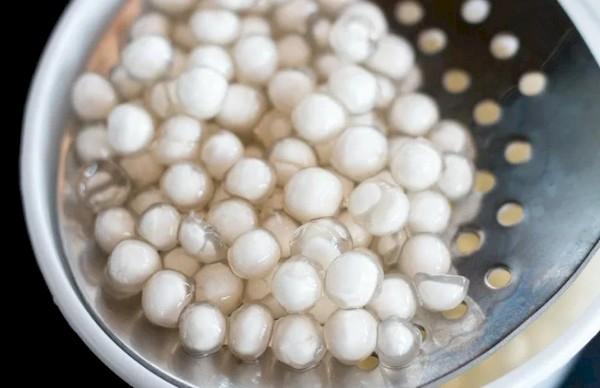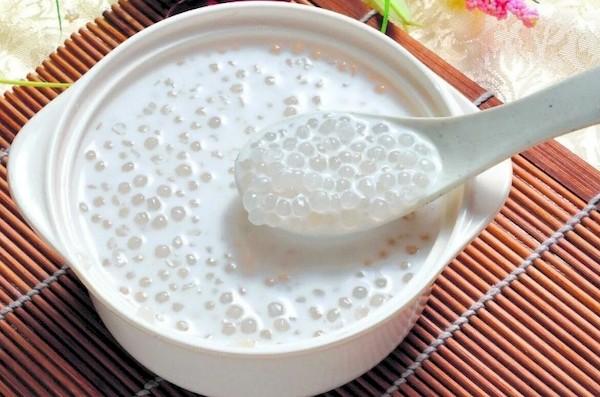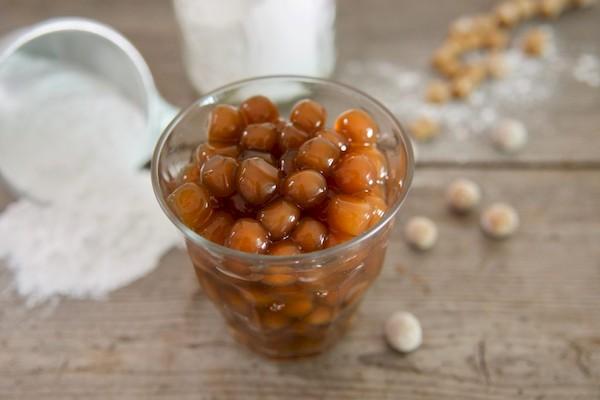Tapioca starch - what is it and how is it made?
Tapioca starch is a frequent guest in the kitchen of healthy eating enthusiasts. People unfamiliar with the product only ask questions: tapioca - what kind of dish is it, what is tapioca made from. This product appeared on store shelves not so long ago. What is he like?
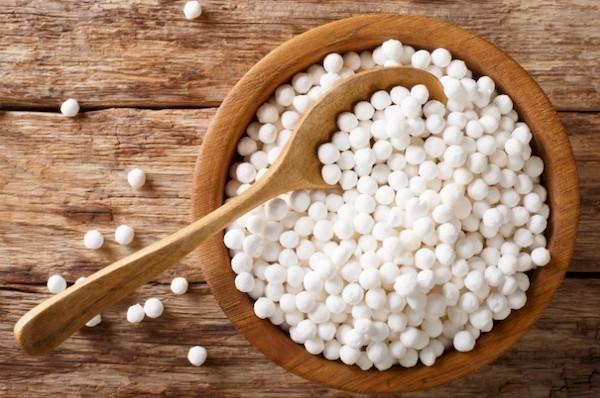
What is tapioca
Tapioca is obtained from the cassava root. South America is considered the birthplace of this plant, but now it is cultivated in many countries with hot climates. Outwardly, it looks like an ordinary and completely unremarkable bush (this is the photo the search engine produces).
Tubers contain a large amount of starch, and that is why they began to be used to obtain it, as a replacement for the usual potato or corn.
How is tapioca starch obtained?
As it turned out, tapioca is made from the tubers of a special plant. But what is the process to get it?
This product is labor intensive to produce and takes several weeks to complete. Workers perform the following steps:
- Collect plant roots suitable for cooking.
- Clean them from dirt and peel.
- Fill with water and leave for several days.
- Drain the water, grind the roots and fill it with water again.
- After a couple of days, the tapioca particles settle.
- These particles are collected, washed and the procedure is repeated several times.
- At the final stage, the resulting starch is dried and sorted into packaging.
Interesting. The relatively high price of tapioca is due to the rarity of the cassava plant and its limited cultivation, as well as imports from distant countries and the difficulty of production.
Beneficial properties of tapioca starch
Per 100 grams of tapioca there are 358 calories and 87 grams of fast carbohydrates. Proteins and fats are practically absent. There is also little dietary fiber - about 1 gram.
The product contains many vitamins and minerals, albeit in small quantities. Among them: B1 (thiamine), B4 (choline), B5 (pantothenic acid), B6 (pyridoxine), B9 (folate), potassium, calcium, copper, manganese, iron and selenium.
Thanks to these substances, starch has a number of beneficial properties:
- normalization of cholesterol levels in the blood;
- regulation of the nervous system;
- improving brain function, memory, concentration;
- improving the functioning of the gastrointestinal tract;
- strengthening the walls of blood vessels.
Tapioca starch is absorbed very quickly, which is good for people with digestive problems. It is also gluten-free and would be a useful replacement for wheat flour in some dishes. The glycemic index is 70-75 units, which is slightly lower compared to corn and potato.
The main thing is not to buy a modified type. It looks like the most ordinary one and differs only in the properties that were deliberately improved in it by chemical or biochemical means: moisture-retaining, thickening, emulsifying and film-forming. There is nothing useful in such starch.
Interesting. Tapioca is recognized as a hypoallergenic product, so you can not be afraid to use it in dishes and give children products containing it.
How to use tapioca starch
Tapioca has a wide range of uses, especially in Asian countries.For example, tapioca balls have recently become popular, especially in bubble tea. It is difficult to say what their taste is like, because, in fact, there is none. However, they are able to absorb the properties of the main ingredients to which they are added. Therefore, the balls can become sweet, spicy, salty, etc.
Tapioca starch can also be used at home, and not only as a replacement for potato and corn starch. Some dishes are better prepared with it. For example:
- pudding of various flavors;
- berry or fruit parfait;
- marshmallow;
- jelly.
Tapioca starch is more viscous than other types: corn, potato or rice.
